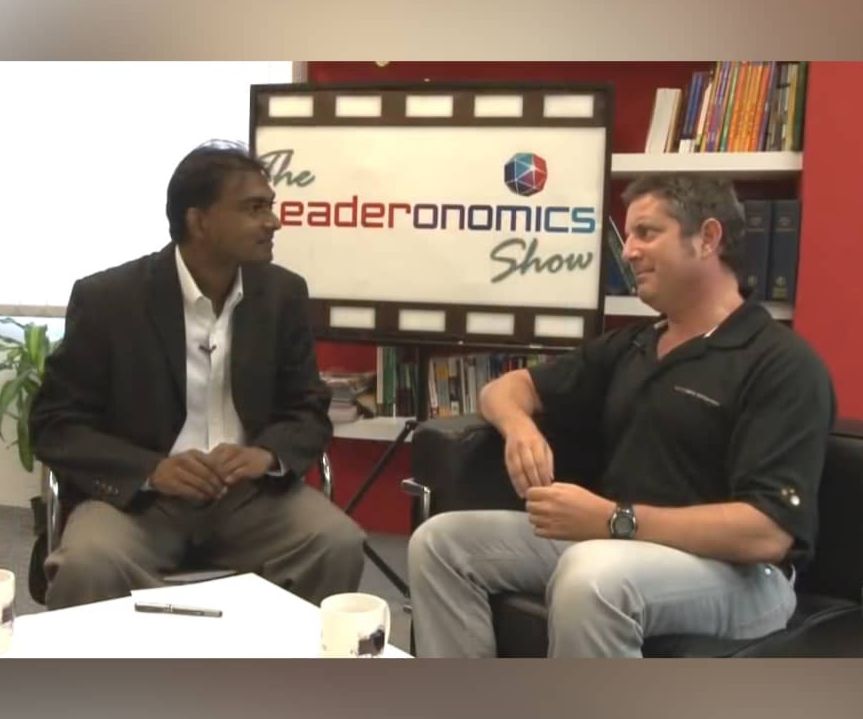How To Put Your Best Self Forward

When you step into the professional world, you become an entity larger than who you ever were. You put aside who you were in preschool, what you achieved in high school and how great you were at university.
It’s not to say that all these stages mean nothing or that they have not meaningfully contributed to the person that you are. It’s just that every time you network, meet clients or collaborate with your peers, you are your first impression and subsequent reputation—you are your own personal brand.
In order to thrive professionally, we need to refine two levels of ourselves: the “superficial” i.e. first impressions and the “deep” i.e. functional mastery.
Impression formation
Impression formation is the process by which individuals perceive, organise, and ultimately integrate information to form unified, fixed, and consistent impressions of others.
These impressions are made based on our appearance, non-verbal behaviours, as well as how we communicate and engage with others.
1. Appearance: People form a large portion of their ideas about you as you approach them, so learn to be immaculate.
• Pick clean, neat and crisp outfits as they make you look organised, clean and detail-oriented. Universally, clean, ironed and well-fitted white shirts and tan or black pants and skirts are seen as most professional.
• Accessories like watches and bags say a lot about you. Many see a good watch, such as a Tissot, as a status symbol, so invest in a good brand.
• Healthy hair, teeth, skin and nails also play a pivotal role in first impressions. It’s an evolutionary disposition to notice or assess the health of another person based on these factors and healthy equals ideal. It pays as a personal brand to keep these parts in tip-top condition.
2. Non-verbal behaviour: This refers to any type of communication that does not involve speaking—facial expressions, body language, touching, voice patterns, and interpersonal distance.
• Tone: Keep your voice even and train yourself to speak at a steady rhythm.
• Body language: Practise good posture and stand at an angle from the person you’re speaking to so you do not come across as confrontational. Be mindful of conveying openness through your body by keeping arms uncrossed and off your hips.
Lastly, smile during your initial greeting but not throughout your exchange. Keep your expression open and warm but smiling too much may make you seem clownish and lead someone to not take you seriously.
3. Engagement: How one relates and communicates with others is pivotal to building and maintaining rapport.
• Active listening: Learn to be a good listener by paying attention like using verbal and non-verbal cues (for example, say, “Go on. . .” or nod). Paraphrase the feelings and content heard back to them so they feel you are attentive and value their words.
Ask more questions and relate to the answers given.
• Be genuine: Everyone has values and beliefs, so stand by yours. Firstly, compromising them
means compromising your personal brand. Secondly, people are able to instinctively detect bogusness so it would just make them uneasy around you.
Functional mastery
Functional Mastery is the expertise you bring to the table and what you are skilled at. This element articulates that you are accomplished at your vocation, trade or profession.
It is essential to achieve functional mastery so that others will trust your judgement when you know what you are talking about.
It’s not just the knowledge you graduated with but also the efforts you have put in to go further in learning by keeping up-to-date with your field, picking the brains of mentors and being open to new learning experiences.
Author of Mastery, Robert Greene, says the two most important factors in developing any kind of mastery is time and desire. If you fail to plan, you plan to fail—so you have to manage your time and allocate time to honing your expertise and craft—then commit yourself.
Assess if where you put your time and energy is where you actually want it to be. Check that you have not somehow lost the plot. Without the desire and passion to do something, the bumpy roads will be harder to navigate and you may just want to go home.
In short
Learning to create a great first impression is the best way to get your foot in the door but being a true master in your area will ensure a good reputation and professional longevity.
The future belongs to those who learn more skills and combine them in creative ways. —Robert Greene
Louisa is a mastermind (or so she wants to believe). What skills are you trying to master? Share your thoughts with her at louisa.allcyn@leaderonomics.com. For more How To articles, click here.
Leadership





